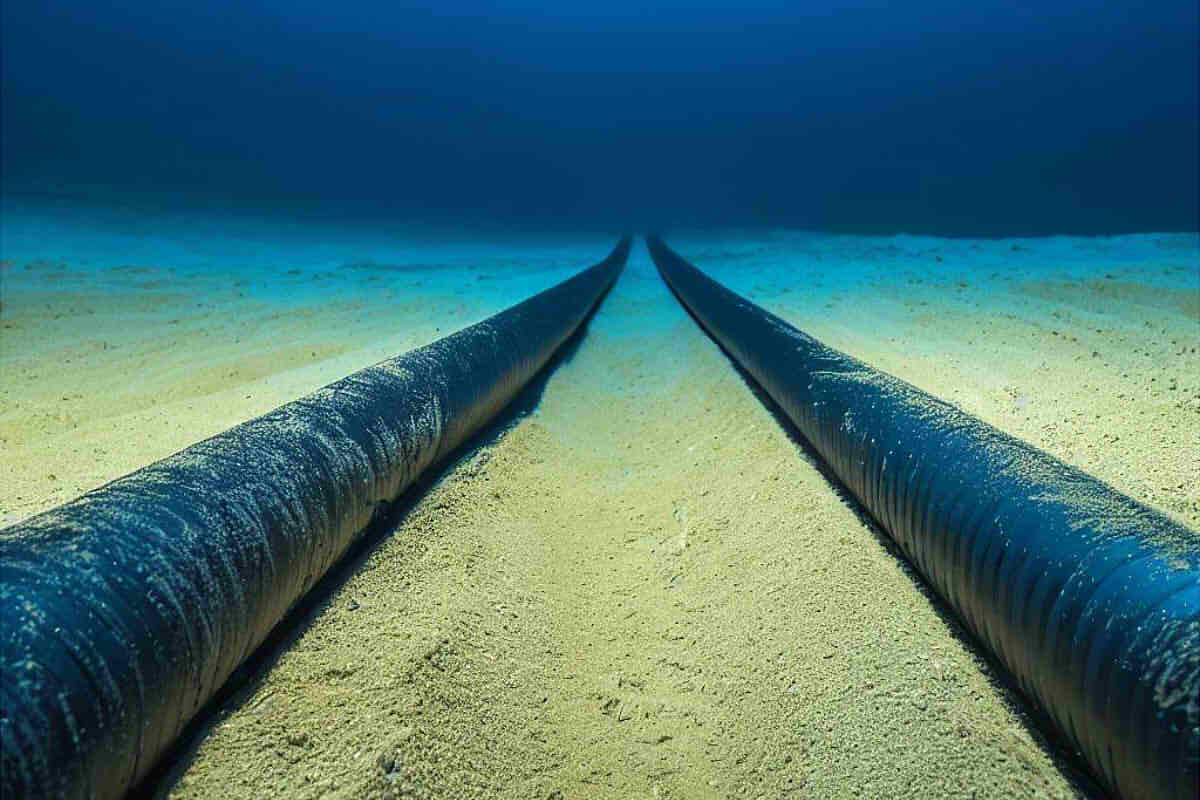The consortium formed by Alcatel Submarine Networks (ASN), Electra Tlc, Medusa and Orange have announced in early July the start of construction of the Medusa Submarine Cable System. This is a project that will promote connectivity throughout the Mediterranean region.
Table of Contents
- Construction of the Medusa System Begins
- Commitment and Objective of the Medusa Submarine System
- Future Prospects for the Medusa Submarine Cable
- World Submarine Cable Industry
- Submarine Cable Market Growth
Construction of the Medusa System Begins
Medusa will establish crucial connections between Morocco, Portugal, Spain, France, Algeria, Tunisia, Italia, Greece, Cyprus and Egypt. This submarine cable system will have an impressive distance of more than 8.700 kilometres, making it the longest cable in the Mediterranean Sea and providing improved north-south and east-west connectivity.
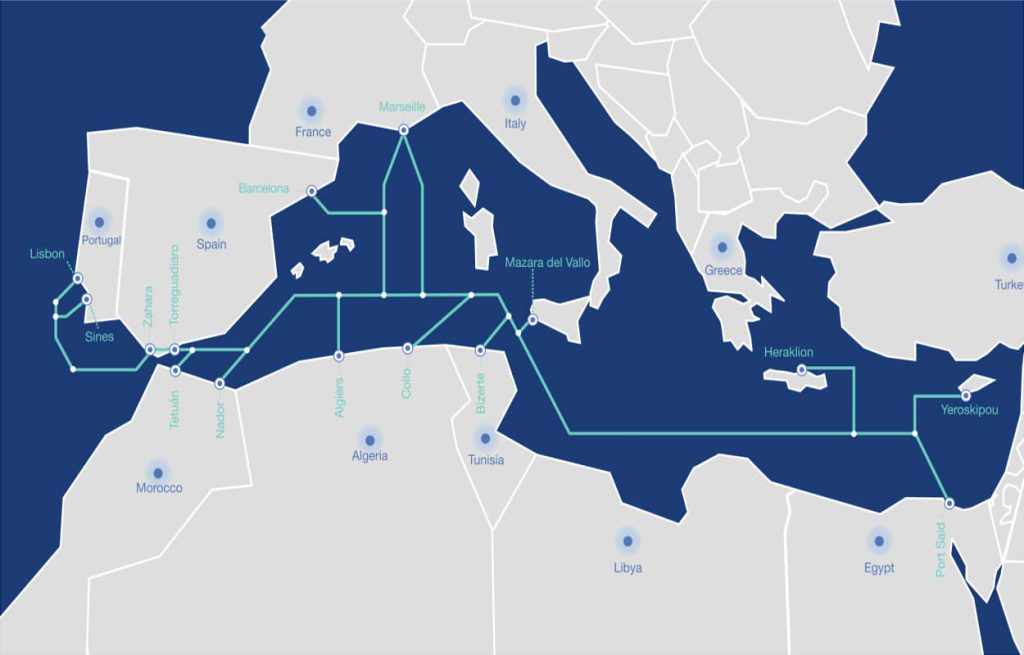
Construction of Medusa has been awarded to industry leaders ASN and Elettra Tlc. This system will be based on the technology of fiber optic cable 24 pares Open Cable, which will offer a minimum capacity of 20Tb/s per fiber pair to meet the growing broadband requirements in the region.
The consortium has highlighted the importance of this project to reduce the digital divide in the Mediterranean region. Medusa's primary goal is to improve connectivity and provide unprecedented opportunities for collaboration., innovation and economic development in connected countries.
Elettra Tlc will be in charge of marine inspection operations, while ASN will be in charge of manufacturing and installing the necessary equipment for the cable system. for his part, Orange will provide the landing infrastructures in France, Tunisia and Morocco, which will facilitate the connection of the cable system with the terrestrial electrical networks in those countries.
Medusa is financially backed by AFR-IX Telecom, Orange and the European Union, through program grants Connecting Europe Facilities (CEF). This program co-finances the subsystem called Via Tunisia, connecting France and Tunisia.
Completion of the project is scheduled for the fourth quarter of 2025, moment in which Medusa will be operational and will contribute to closing the digital divide in the Mediterranean region.
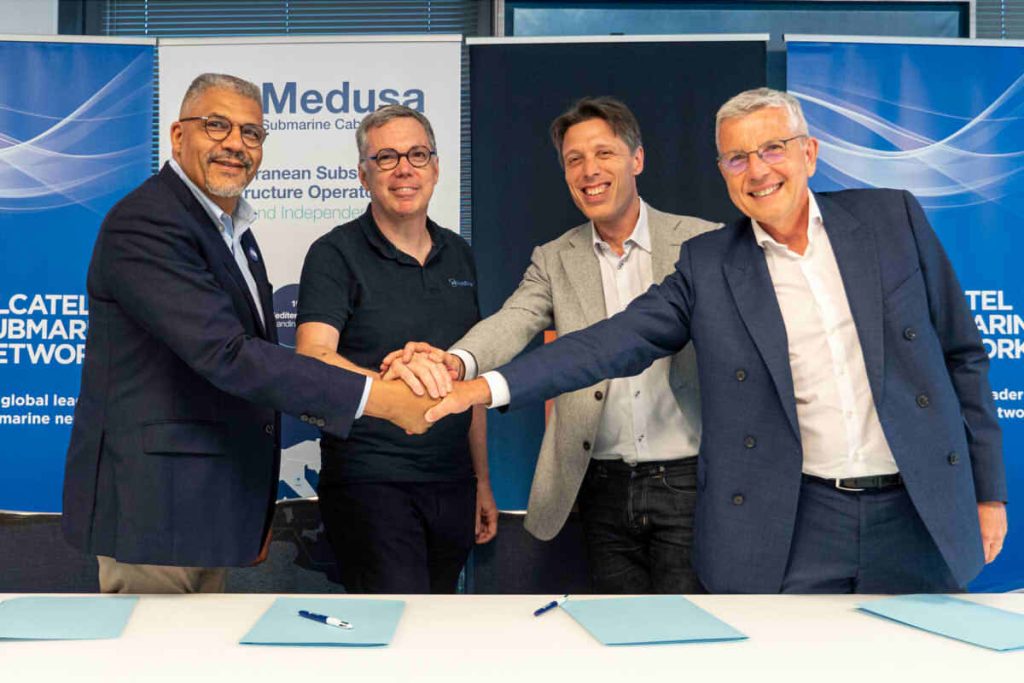
Commitment and Objective of the Medusa Submarine System
This announcement highlights the commitment of industry leaders and government organizations to improve connectivity in the region and promote a more connected and prosperous future for all countries involved..
The Medusa Submarine Cable System will be a crucial step for the economic development of the Mediterranean region, by connecting countries in North Africa and South Europe, as well as several Mediterranean islands, like Sicily, Crete and Cyprus, with the mainland.
With the construction of Medusa, digital exchanges are expected to be encouraged, increase cooperation and strengthen communication between Europe and North Africa, creating opportunities for collaboration and innovation in various sectors.
The consortium is committed to bridging the digital divide and is confident that the construction of the Medusa Submarine Cable System will be an important step towards achieving this goal..
Future Prospects for the Medusa Submarine Cable
The improvement of communications through Medusa will open a range of possibilities for people in the region. On the one hand, promote collaboration and innovation in various sectors, like education, scientific research, trade and tourism.
For example, educational institutions and research centers will be able to exchange knowledge and resources more efficiently, which will boost academic and scientific progress in the region.
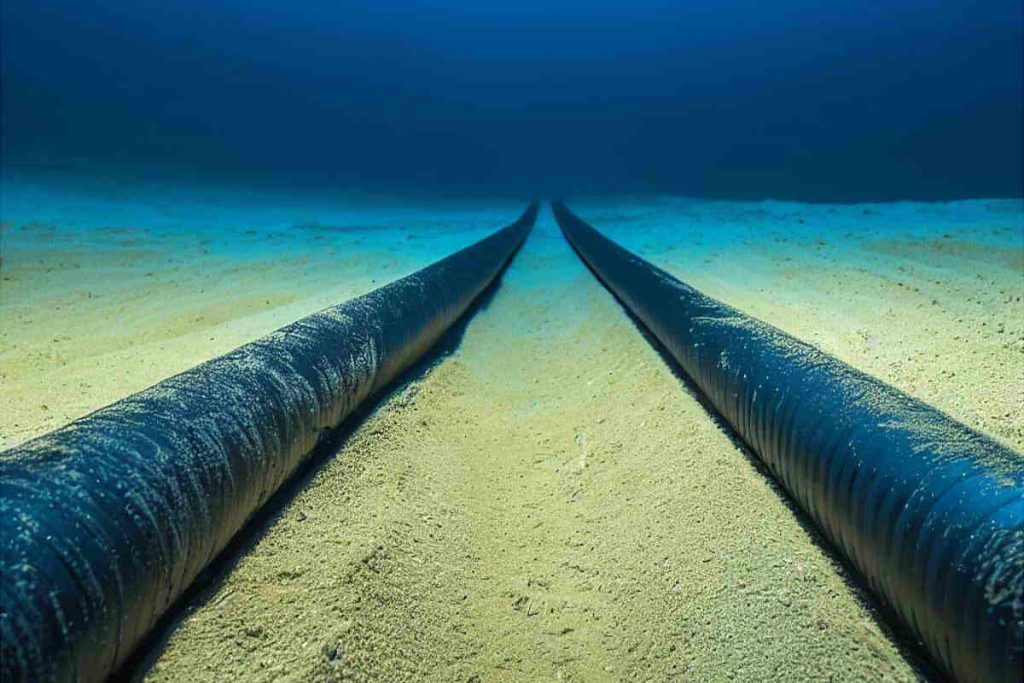
In addition, Trade and tourism will benefit from allowing fluid and fast communication between the countries connected by the fiber optic cable, which will encourage commercial exchange and facilitate travel planning and cultural exchange.
Besides, the construction of the Medusa Submarine Cable System will contribute to closing the digital divide in the Mediterranean region. The digital divide refers to the disparity in the access and use of information and communication technologies between different regions and population groups..
Regarding future prospects, improving communications in the Mediterranean through projects like Medusa paves the way for a more connected and prosperous future.
Continued growth in the capacity of submarine fiber optic cables is expected, combined with advances in emerging communications technologies, like 5G and the Internet of Things (IoT), further drive digital transformation in the region.
This will allow the development of smart cities, the implementation of innovative solutions in sectors such as energy, transport and agriculture, and will facilitate the adoption of digital technologies in all areas of daily life.
World Submarine Cable Industry
Submarine cable industry chain mainly includes general project contracting, manufacture of submarine cables, topographic survey, construction and maintenance. Requires high technology and presents difficulties in construction.
Submarine cable integrators are the leading providers of comprehensive submarine cable solutions. The submarine cable integrator market is dominated by four large companies, of which only four have the ability to deliver globally, being these SubCom of the United States, French ASN, Japan's NEC and China's HMN.
ASN, SubCom and NEC are long into the industry and have a head start. ASN has delivered more than 220 submarine cable projects with a total length of about 600,000 kilometres. SubCom has delivered more than 200 submarine cable projects with a total length of about 840,000 kilometres. HMN has carried out the construction of 134 submarine cable projects. And NEC has implemented more than 300,000 kilometers of submarine cables around the world.
Of the 106 Submarine cable systems delivered globally between 2018 Y 2022, in terms of number of cables delivered, ASN, SubCom, NEC and HMN accounted for approximately the 22%, 12%, 7% Y 23%, respectively. Regarding the length of the cables delivered, ASN, SubCom, NEC and HMN accounted for approximately the 29%, 40%, 7% Y 18%, respectively.
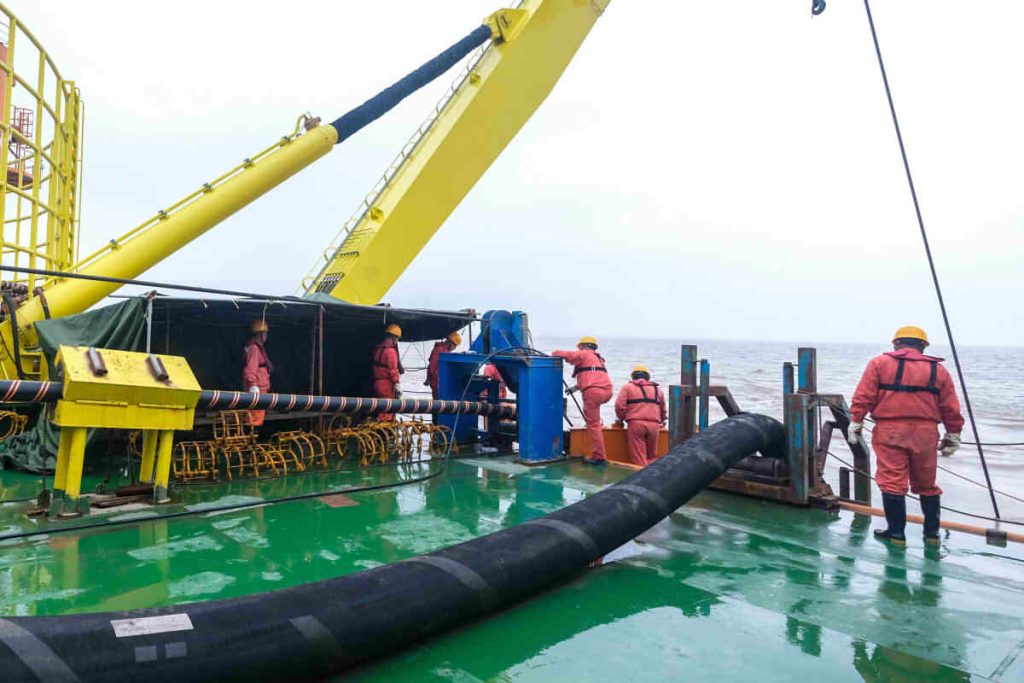
Besides, submarine cable manufacturing technology is also concentrated in leading companies. Currently, major manufacturers of submarine cables globally include Nexans, Prysmian, NEC, ASN, Hengtong Marine, FiberHome, ZTT, ZMS Cable Ltd., among others.
Submarine Cable Market Growth
Useful life of submarine cables and their renewal
The design life of submarine cables is generally 25 years. Based on the current service life of submarine cables worldwide, of the 464 constructed submarine cables, have been reached 25 years of useful life in 82 cables built before 1998. According to incomplete estimates, were built 79 submarine cables between 1999 Y 2003, Y 69 submarine cables between 2004 Y 2008.
In the next 10 years, It is expected that 148 submarine cables are withdrawn from service. In the future, the worldwide submarine cable industry will enter a period of renewal, which will generate an important window of time for the arrangement of submarine cables.
Based on the growth of international bandwidth and the expansion of data centers globally, Submarine cables will continue to experience accelerated growth. As predicted by the Information and Communications Research Institute, will be built 153 new submarine cable systems around the world between 2023 Y 2028, with a total length of approx. 770,000 kilometres.
Growth and demand for submarine cables
Currently, the global submarine cable industry is experiencing prosperous development. With the rapid growth of technologies like 5G, videos and 4K/8K, data centers, cloud computing and artificial intelligence, the demand for bandwidth of submarine cables is increasing considerably.
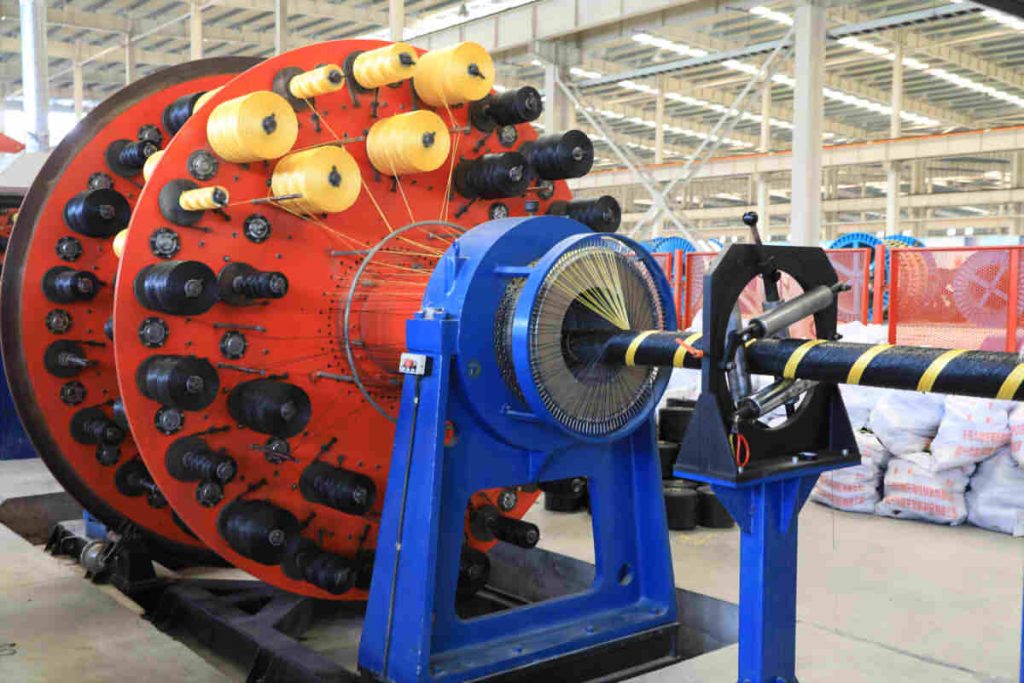
At the same time, the constant growth of users with high traffic demand, digital transformation and intelligence in business sectors, as well as the rapid development of data centers, are driving the flow of data globally and promoting the rapid growth of international capacity.
New demands and growth potential
Besides, with the advancement of marine development activities and scientific research in the ocean, construction of offshore oil and gas platforms is becoming more and more active, ocean observing networks, among others. Los fiber optic submarine cables They are no longer limited solely to meeting the needs of public communication, but also new demands for the construction of submarine cables are emerging in sectors such as the oil and gas industry and marine observation, driven by digital and smart development.
Especially, the market for submarine cable communications in the oil and gas industry has great growth potential. According to HISMarkit data, there is a total of 570 offshore oil and gas rigs around the world, and more than 60% of these are in the Middle East, northwestern europe, southeast asia, the Gulf of Mexico-United States, South America and West Africa, making them the key growth areas for the submarine cable market in the future.

